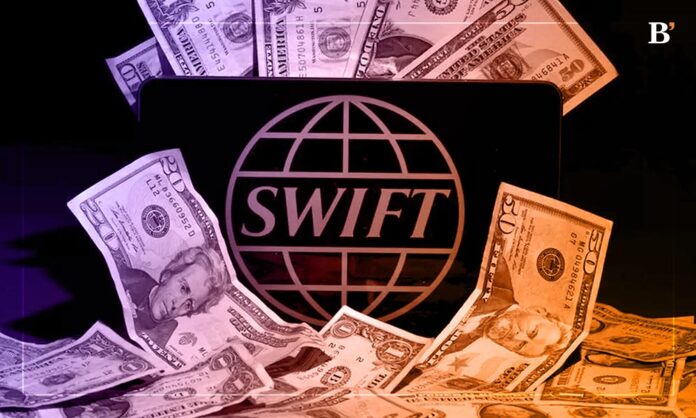Key Highlights
- SWIFT, a financial messaging system, has laid out its blueprint for a global central bank digital currency (CBDC) network following an 8-month experiment on various technologies and currencies.
- The trial that involved France and Germany’s national central banks and global lenders such as HSBC, Standard Chartered and UBS looked at how CBDCs could be used internationally and even converted into fiat money if required.
Nearly 90 percent of the world’s central banks are now using, trialing or looking into CBDCs. SWIFT’s Head of Innovation Nick Kerigan said its trial, followed by more advanced testing over the next year, resembled a bicycle wheel where 14 central and commercial banks in total connected spoke-like into its main hub.
The idea is that banks may need only one main global connection once scaled up, rather than thousands if they were to set up connections with each counterpart individually.
The trial also tested different underlying CBDC technologies called Distributed Ledger Technologies. The use of various technologies has also been increased as a potential hurdle for rapid global adoption.
There was a separate trial carried out alongside Citi, clearing house Clearstream and Northern Trust on ‘tokenized’ assets, traditional assets such as stocks and bonds transformed into digital tokens that can then be released and traded in real-time.
Some countries like the Bahamas and Nigeria already have CBDCs up and running. The main advantage of SWIFT is that its existing network is already usable in over 200 countries and connects more than 11,500 banks and funds.
Kerigan said that move could also happen in a new CBDC system but doubted whether it would stop countries from joining one. Ultimately, most central banks are looking to provide us with a CBDC for the people, the businesses and the organizations in their jurisdiction. So, a fast and efficient solution that gains access to as many other countries as possible is attractive.
For more updates on crypto industry, Click here.




